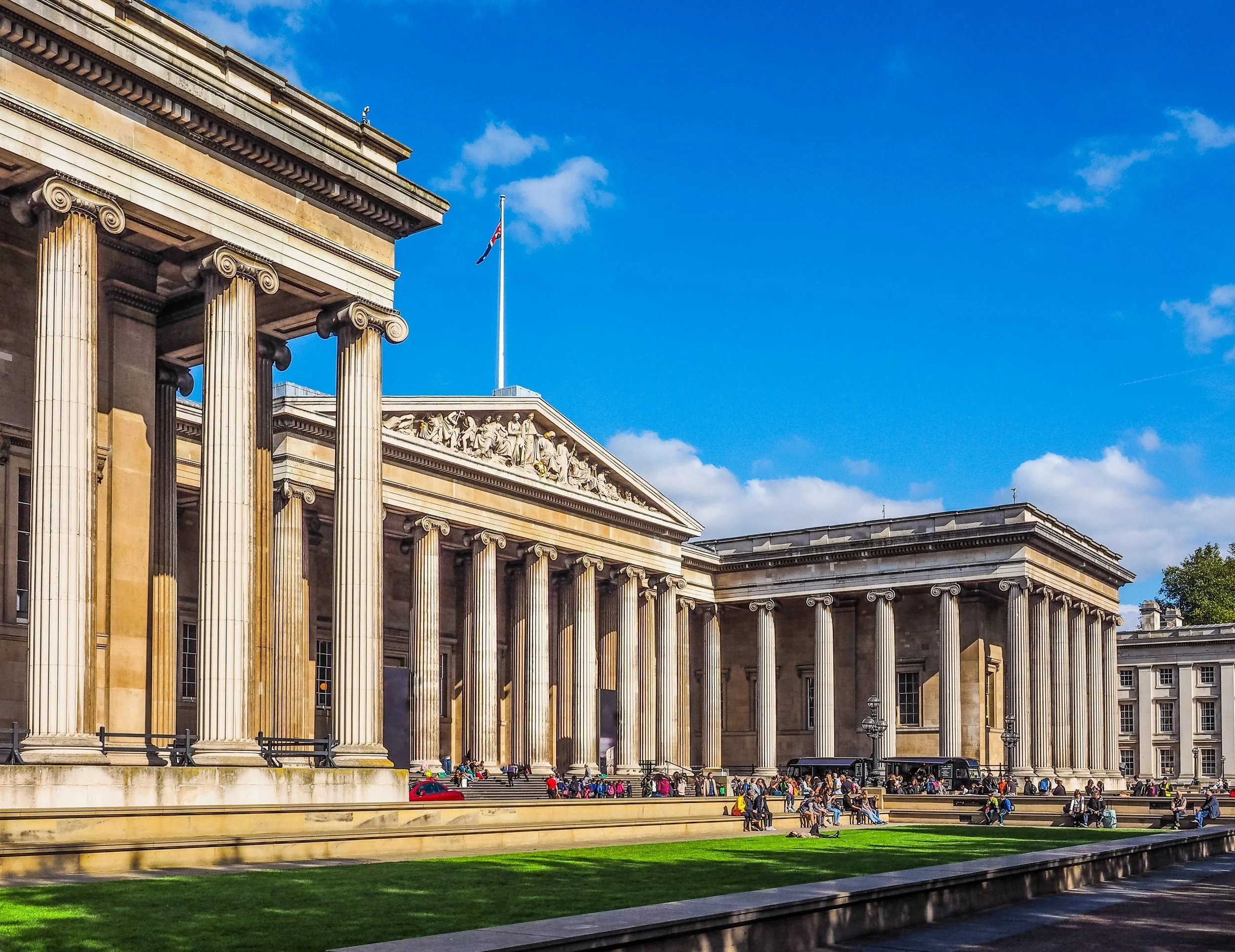10 Best Art Museums in the World
As we traverse the globe, art museums stand as sanctuaries of cultural expression and historical preservation. From iconic paintings and sculptures to avant-garde installations, the world's leading art museums do more than exhibit art; they provoke thought, celebrate diversity, and push the boundaries of creativity. This article explores ten of the best art museums worldwide, each offering a unique window into the soul of humanity and the relentless pursuit of artistic excellence.
1. The Louvre, Paris
The Louvre, Paris
The Louvre's illustrious history as a royal palace turned public museum in 1793 underscores its central role in art and culture. Home to thousands of works spanning several millennia, the museum is most famous for Leonardo da Vinci's "Mona Lisa." The Louvre's architectural majesty, seen in its iconic glass pyramid, complements its comprehensive collection that bridges the gap between the ancient and modern worlds.
2. The British Museum, London
The British Museum, London
Established in 1753, The British Museum is renowned for its encyclopedic collection that encapsulates the story of human culture from its dawn to the present. The Rosetta Stone, the Elgin Marbles, and the Assyrian Lion Hunt reliefs stand out among its treasures, making it a pivotal repository of the world's heritage.
3. The Museum of Modern Art (MoMA), New York City
The Museum of Modern Art (MoMA), New York City
MoMA's exceptional collection of modern and contemporary art includes works ranging from painting and sculpture to film and performance art. With seminal works like Vincent van Gogh’s "Starry Night" and Salvador Dalí's "The Persistence of Memory," MoMA is a testament to the revolutionary ideas that have shaped the contemporary art landscape.
4. The Vatican Museums, Vatican City
The Vatican Museums, Vatican City
Hosting one of the most impressive collections in the world, the Vatican Museums are a testament to the Catholic Church’s historical patronage of the arts. Visitors are treated to an array of masterpieces including the Sistine Chapel ceiling painted by Michelangelo and the Raphael Rooms.
5. The Uffizi Gallery, Florence
The Uffizi Gallery, Florence
Housing some of the most important works of the Renaissance, the Uffizi Gallery is a cornerstone of art historical scholarship. Botticelli's "The Birth of Venus" and Caravaggio's "Medusa" echo the profound influence of Florentine artistic innovation.
6. The Rijksmuseum, Amsterdam
The Rijksmuseum, Amsterdam
The Rijksmuseum serves as a guardian of Dutch art and history from the Middle Ages to the present day. Rembrandt’s "Night Watch" commands particular reverence and epitomizes the Golden Age of Dutch painting.
7. The National Gallery, London
The National Gallery, London
Located in the heart of London, the National Gallery was established in 1824 and houses a rich collection of over 2,300 paintings dating from the mid-13th century to 1900. This museum is renowned for its comprehensive assortment of European paintings, including works by titans such as van Eyck, Titian, Rembrandt, and Van Gogh. Highlights include "Sunflowers" by Vincent van Gogh and "The Arnolfini Portrait" by Jan van Eyck. Its prime location at Trafalgar Square makes it not only a beacon for art enthusiasts but also a pivotal cultural landmark in the British capital.
8. The Prado Museum, Madrid
The Prado Museum, Madrid
The Prado Museum’s holdings of Spanish masters such as Velázquez, Goya, and El Greco are unmatched. "Las Meninas" and "The Third of May 1808" are emblematic of Spain’s rich artistic legacy and are central to the Prado’s narrative of European art.
9. The Tokyo National Museum, Tokyo
The Tokyo National Museum, Tokyo
As Japan’s oldest national museum, it presents a comprehensive overview of Japanese art and antiquities alongside a selection of Asian art. The museum’s strength lies in its ability to narrate a cohesive visual history of Japan through objects such as samurai armor, ukiyo-e prints, and delicate ceramics.
10. The Art Institute of Chicago, Chicago
The Art Institute of Chicago, Chicago
With over 300,000 works in its permanent collection, the Art Institute of Chicago has a diverse array of artifacts spanning from ancient times to the present. The museum is especially noted for its collection of Impressionist and Post-Impressionist paintings, including Georges Seurat’s "A Sunday on La Grande Jatte."
Visiting these museums offers more than a view of invaluable artworks; it is an immersive journey through the annals of human ingenuity and expression. Each museum, with its unique collections and narratives, not only preserves but also venerates the diverse histories of the world's cultures. Through their enduring commitment to the arts, these institutions ensure the perpetual enrichment of the global community.










